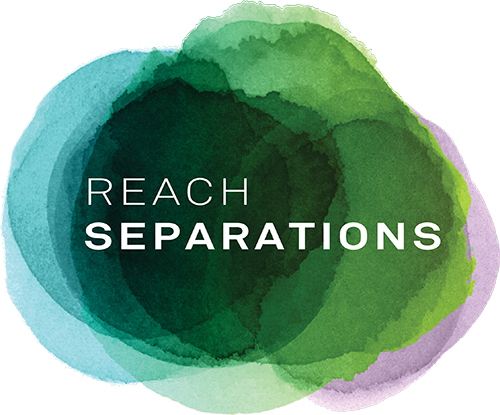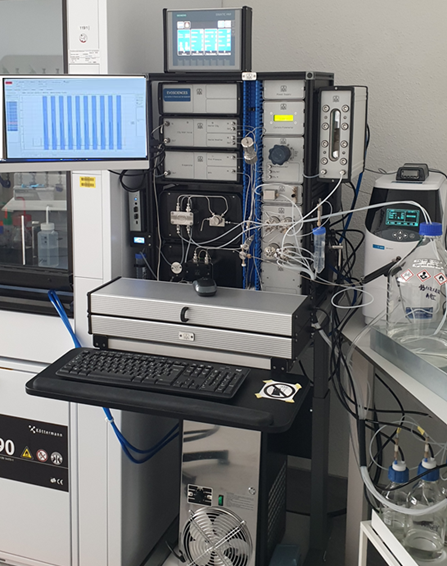Purification of non-UV active compounds by SFC-ELSD
Some natural products and pharmaceutical ingredients, such as lipids, do not have a chromophore but still require purification. On a preparative scale at Reach Separations we have the capability to purify UV inactive compounds using SFC (ABsys GmbH) coupled with an ELS detector (Agilent).
To ensure the technique doesn’t have a negative impact on recovery, we ran a series of experiments, with the intention of answering the following two questions:
- Is there a recovery difference when collecting via ELSD trigger as opposed to UV trigger?
- How is recovery impacted at different percentages of co-solvent?

Comparison between UV and ELSD
Two separate, one hundred milligram samples of caffeine were dissolved in 8 mL of methanol and each injected over the course of eight, stacked injections.
On both occasions, the column, method and system parameters were kept identical and only the collection trigger altered. For both tests the flow is split and the same amount diverted to the ELSD.
The peak shape obtained, although non-Langmuir, is more than sufficient for preparative SFC. Each mode of detection ELSD (blue) and UV (red) can be overlaid, showing that there is no time delay in reaching the second detector . For each run collected fractions were evaporated and the collected material weighed.

| Collection | Recovery |
| UV | 96,3% |
| ELSD | 97,1% |
Table 1. Recovery results with UV and ELSD based collection
Whilst threshold values will need to be determined for individual compounds, this experiment shows no discernible difference in recovery between the two detection techniques. This suggests that collection via ELSD is as a reliable technique as collection by UV.
Estimation of the material loss during an ELSD collection
To determine to what affect the ratio of co-solvent has on recovery when collecting by ELSD, a range of co-solvent percentages were investigated and the recovery compared to recovery at 30% co-solvent when collecting with UV trigger. Fractions were collected, dried and weighed as above in each case and the recovery calculated.
Reference corresponds to UV collection at 30% of co-solvent without split through ELSD.

Again, whatever the percentage co-solvent, the material loss is less than 3% (Chart 1). UV based collection or ELSD are comparable. This is promising for the purification of compounds lacking a chromophore using SFC. We have confirmed that splitting to ELSD, although a destructive technique, does not significantly impact recovery, due in part to the small volumes required.
Having the option to collect by ELSD and then analyse by both ELSD and CAD is a powerful tool for the purification of compounds with little or no chromophore. You can download our comparison of CAD vs ELSD here.
Working with lipids or other compounds with poor UV activity and struggling with analysis and purification? Get in touch with Reach to find out how we can support your project: info@reachseparations.com.

